TLDR
Bologna offers Renaissance architecture, medieval towers, the world's longest portico, incredible food markets, and Europe's oldest university heritage. Top experiences include the Neptune Fountain, San Petronio's unfinished basilica, the creepy-beautiful Teatro Anatomico, climbing San Luca's 666 arches, and getting lost in the Quadrilatero food quarter. Less touristy than Florence or Venice but just as historically rich. Budget 2-3 days minimum to do it justice.
Planning a Bologna trip feels different from planning Rome or Florence. There's no single marquee attraction everyone talks about, no Colosseum or Duomo dominating every Instagram feed. Instead, Bologna reveals itself through layers.
After several visits, I've figured out what actually matters versus what guidebooks oversell. This list reflects real experience walking these streets, eating this food, and learning what makes Bologna special beyond the obvious tourist circuit.
If you want audio guidance connecting these experiences into cohesive routes, StoryHunt's Personal Tour Guide creates customized walks based on your interests, whether that's food, architecture, or university history.
1. Piazza Maggiore and Piazza del Nettuno
.jpg)
Start at Bologna's heart where these two connected squares form the city's civic center. The Neptune Fountain (1563) by Giambologna features a famous optical illusion where Neptune's thumb appears anatomically suggestive from a specific angle behind the fountain.
The Basilica of San Petronio dominates one side with its half-finished facade. The squares get packed during peak hours but early morning or late evening offers breathing room. Free to wander, perfect for people-watching with coffee.
Did You Know? The Neptune Fountain's trident inspired the Maserati logo, since the car company was founded in Bologna in 1926.
2. Teatro Anatomico in the Archiginnasio

This carved wooden anatomy theater from 1637 is Bologna's best small attraction. Students once packed the tiered seating to watch professors dissect cadavers on the central marble table. The "skinless ones" statues are simultaneously artistic and unsettling.
Entry costs 3-5 euros and requires a guided tour lasting 15-20 minutes. The Archiginnasio building displays thousands of student heraldic crests covering the walls. Worth prioritizing.
Did You Know? The theater was completely destroyed by Allied bombing in 1944 and rebuilt using original fragments and historical documentation.
3. Santo Stefano Complex
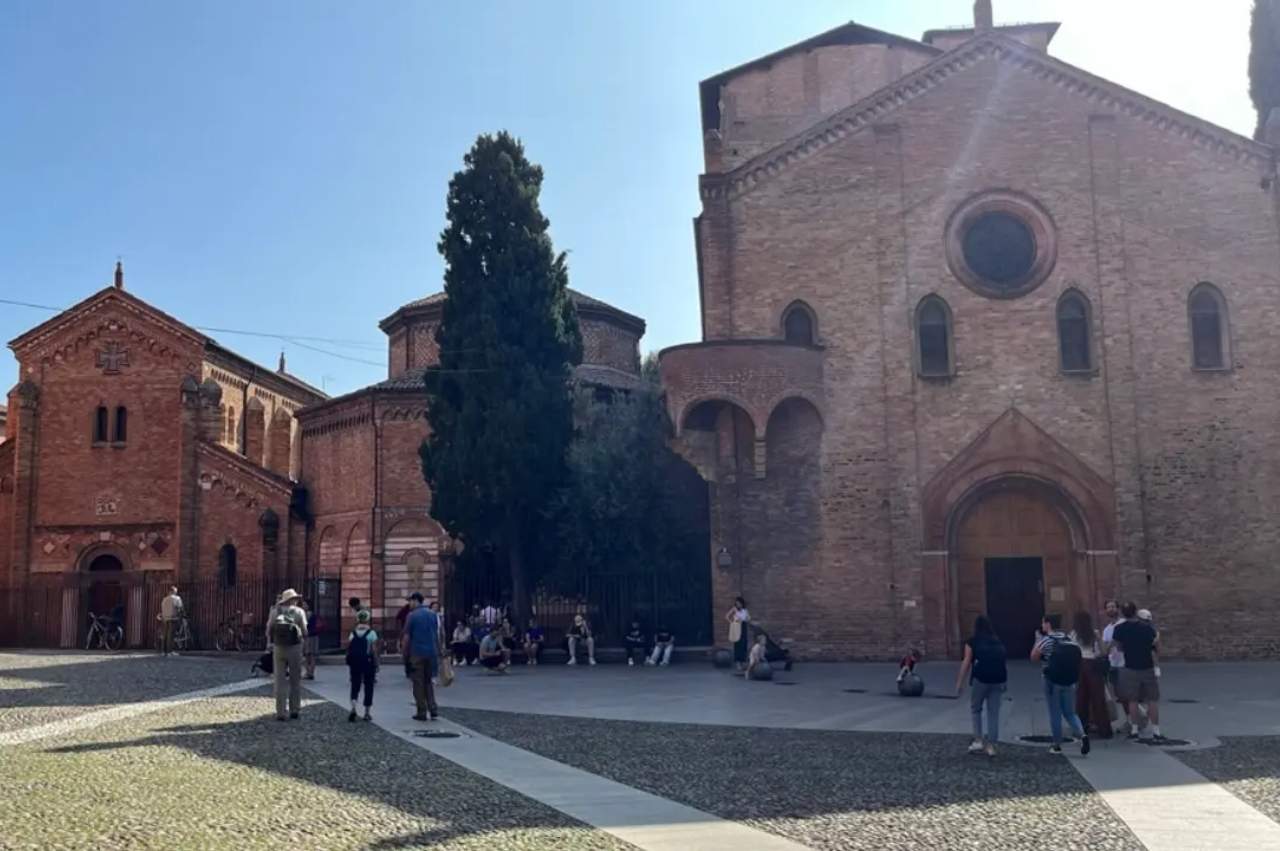
Nicknamed the "Seven Churches" though only four buildings survive, this medieval religious complex feels like discovering a secret. The Church of the Holy Sepulchre has an unusual polygonal design. Pilate's courtyard is peaceful with beautiful arcade light.
The Romanesque cloister features uniquely carved columns. It's free, rarely crowded, and genuinely atmospheric. Located 10 minutes from Piazza Maggiore, it offers contemplative contrast to busy main squares.
Did You Know? Archaeological excavations beneath the churches revealed even older Roman structures dating back nearly 2,000 years.
4. Sanctuary of San Luca Portico Walk

The world's longest portico (3.8 km, 666 arches) climbs from Porta Saragozza up to the hilltop Sanctuary of San Luca. The uphill walk takes 45-60 minutes and is genuine exercise. The covered walkway protects from weather but not from the incline.
Views from the sanctuary terrace are excellent on clear days. The walk is the main attraction, not the sanctuary itself. Bring water and wear proper shoes.
Did You Know? Construction of the 666-arch portico took 47 years (1674-1721) and was funded by donations from wealthy Bologna families whose coats of arms line the route.
5. Two Towers (Due Torri)

Bologna's famous medieval towers include the 97-meter Asinelli Tower, which you can climb via 498 steps for city views. It's a genuine workout with narrow stairs and no elevator. The adjacent Garisenda Tower leans noticeably but can't be climbed.
Tickets cost around 5 euros. The climb takes 15-20 minutes up. Views are good but honestly the effort feels disproportionate to the reward. Do it for the experience, skip if you're not into heights.
Did You Know? Bologna once had over 100 medieval towers built by wealthy families competing to show their power and status.
6. Quadrilatero Food Market
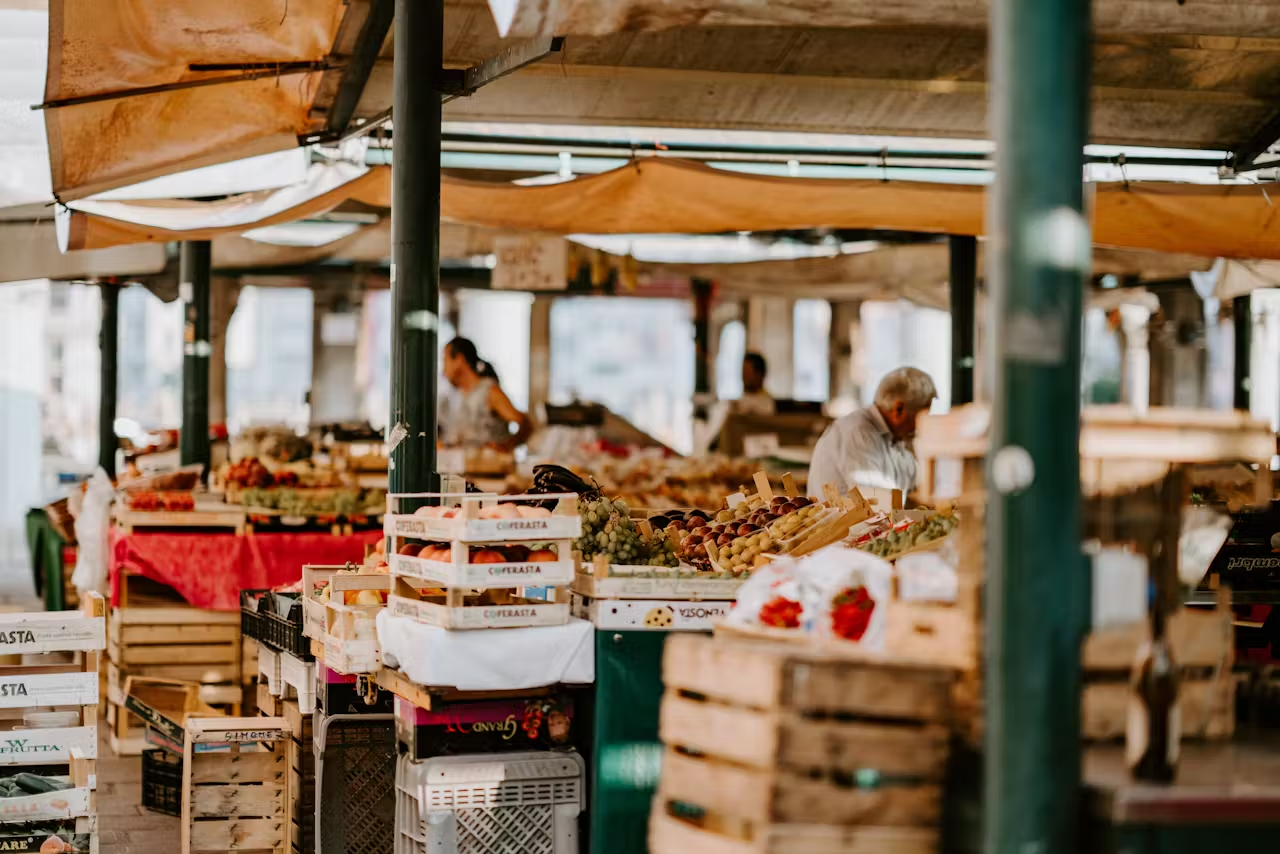
The maze of narrow streets northeast of Piazza Maggiore contains Bologna's historic food market district. You'll find fresh pasta shops, cheese vendors, produce stalls, butchers selling mortadella, and small restaurants. It's touristy but still functional. Via Pescherie Vecchie is the main street.
Morning offers the best atmosphere when vendors are actively selling. Perfect for food lovers or assembling picnic supplies. Can feel overwhelming during peak hours.
Did You Know? The market district has operated continuously in this location since the Middle Ages, making it over 800 years old.
7. University Quarter and Medieval Streets
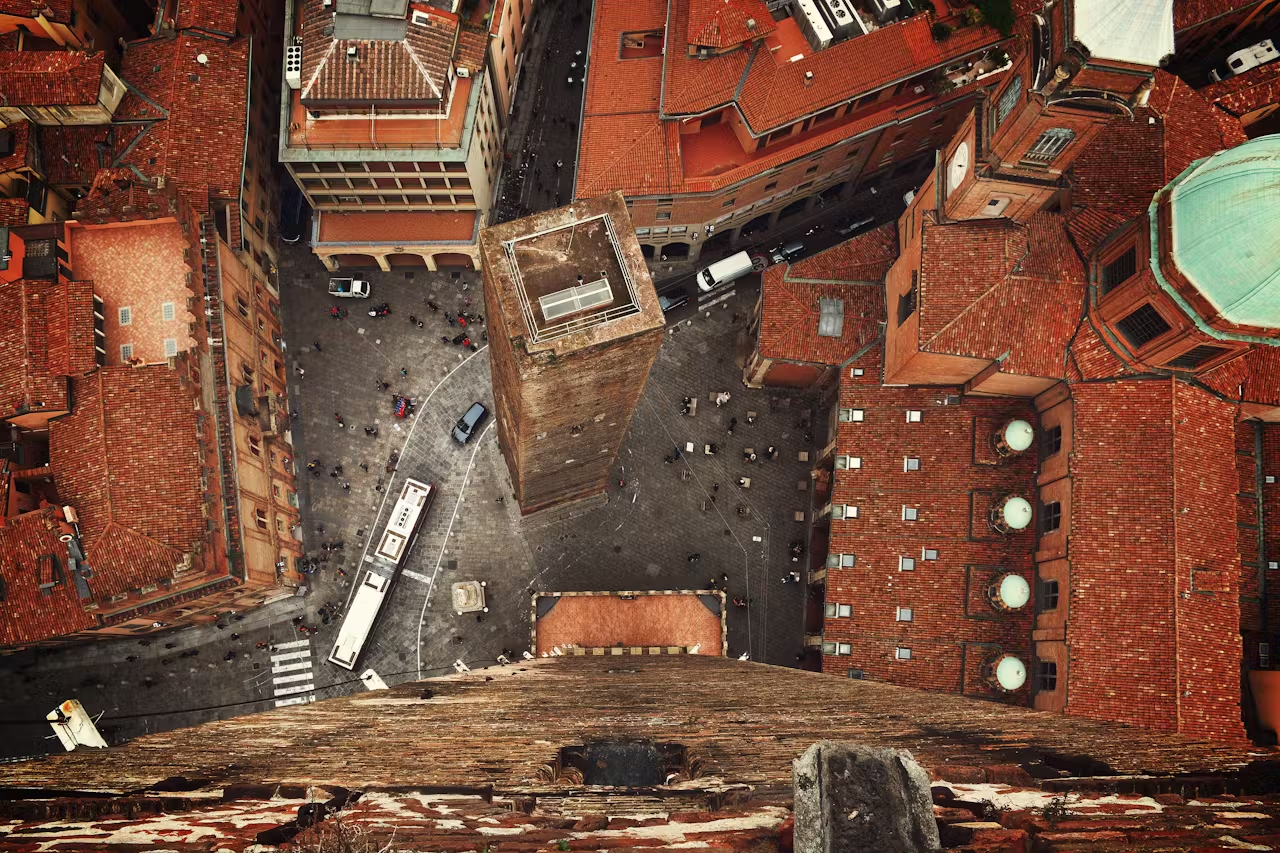
The area around Via Zamboni contains university buildings, student bars, and medieval architecture. The historic Jewish ghetto has narrow colorful streets worth wandering. No specific must-see attraction, just an area rewarding aimless exploration. Small churches, family shops, and neighborhood cafes frequented by students and locals.
The university area comes alive evenings when students fill bars. Less polished than main squares but more authentically lived-in. This is where The Personal Tour Guide helps explain stories behind anonymous-looking buildings.
Did You Know? The University of Bologna, founded in 1088, is the oldest continuously operating university in the Western world.
8. Basilica of San Petronio
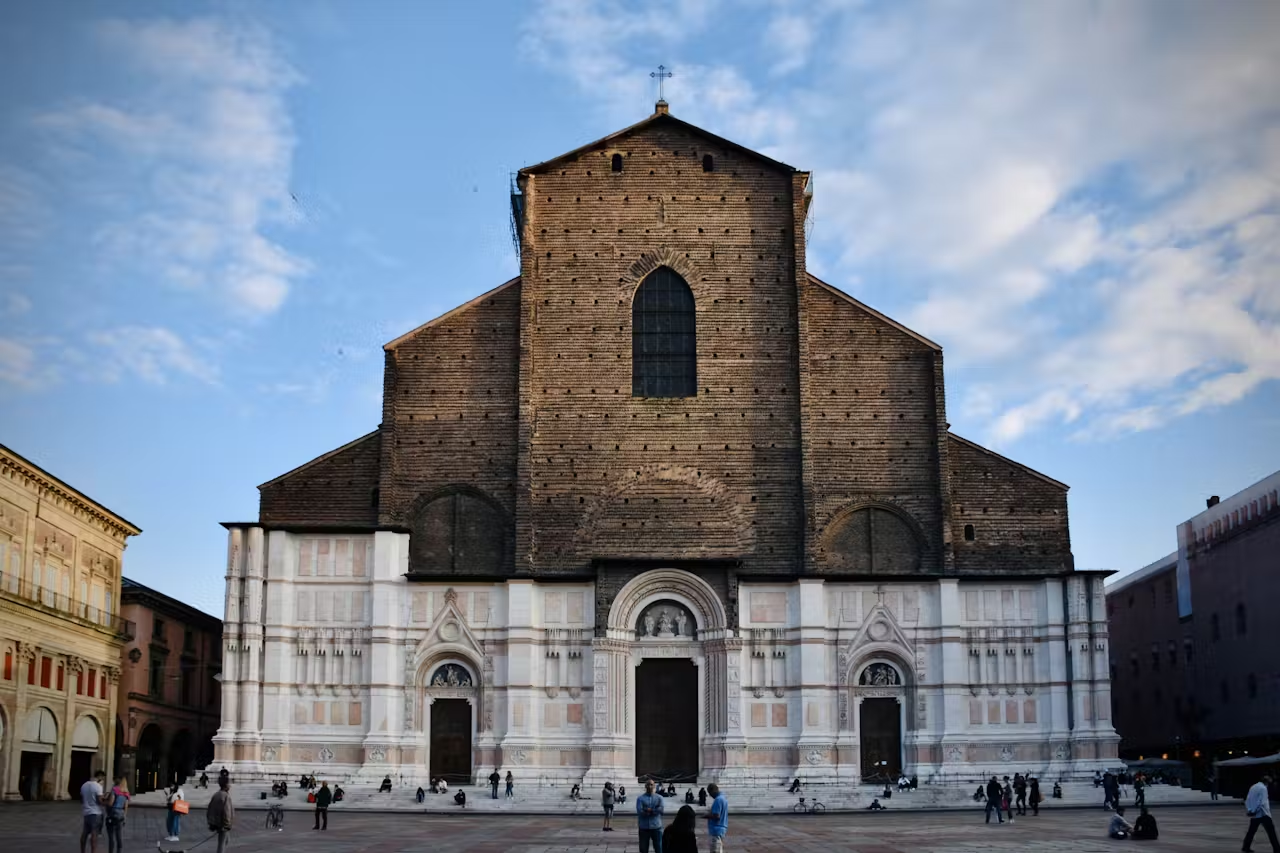
Bologna's largest church dominates Piazza Maggiore with its famously unfinished facade. Construction started in 1390 with plans to surpass St. Peter's in Rome, which threatened papal authority. Pope Pius IV deliberately diverted funding, leaving it incomplete. The main nave is free but feels austere.
Paid sections include the Bolognini Chapel with graphic hell frescoes. It's historically significant though not as visually impressive as many Italian churches. Worth 20-30 minutes.
Did You Know? The 67-meter meridian line on the church floor was built in 1655 and helped astronomer Giovanni Cassini prove Earth's orbit around the sun.
9. Bologna's Porticoes
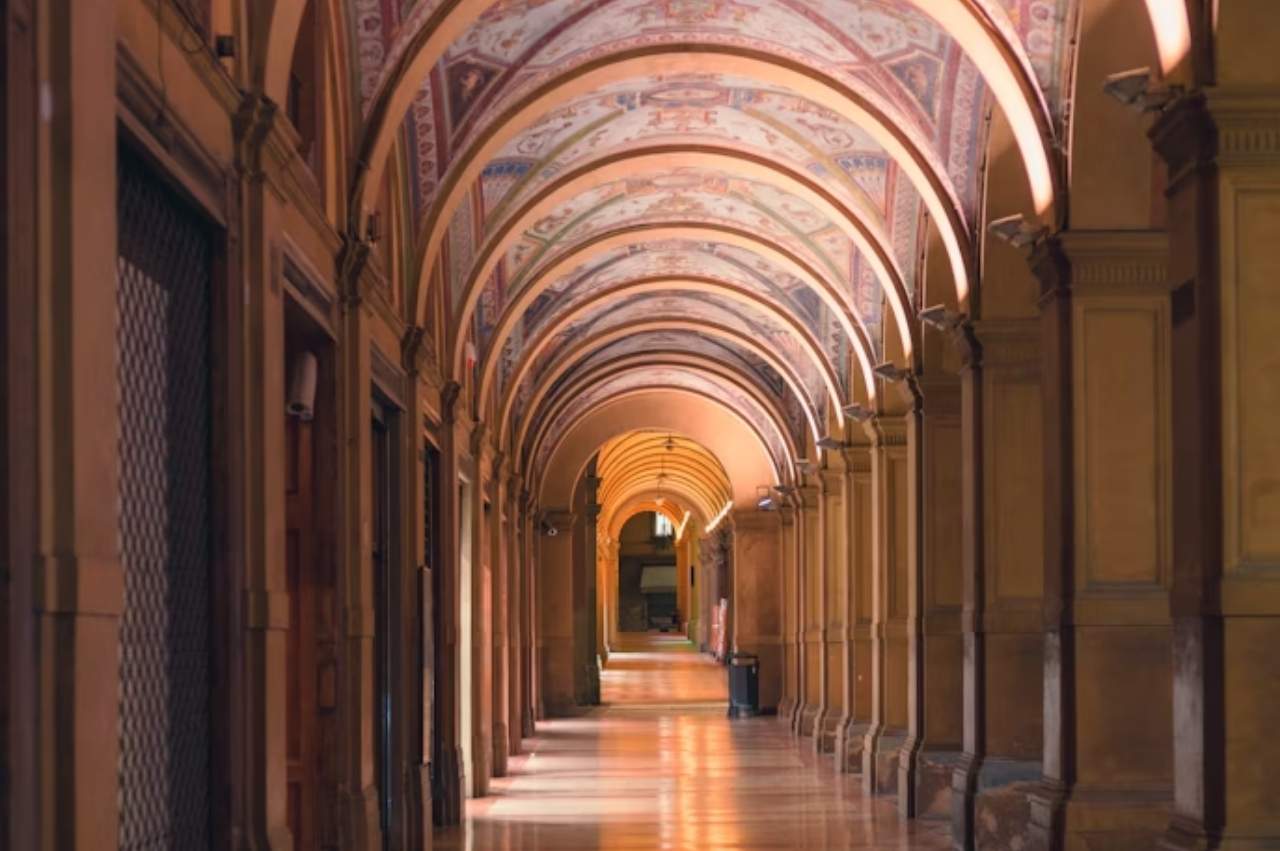
Bologna has nearly 40 kilometers of covered porticoes throughout the city, making it uniquely walkable in any weather. These aren't a single attraction but a defining characteristic. The longest stretch connects to San Luca.
Porticoes along Via Santo Stefano and Via Zamboni are particularly attractive. Walking under them becomes part of daily Bologna experience rather than a checkbox activity. The architectural variety ranges from medieval wooden structures to baroque stone arcades. No entrance fee, just part of how you experience the city.
Did You Know? Bologna's porticoes were added to the UNESCO World Heritage List in 2021, recognizing nearly 40 kilometers of covered walkways.
10. Food Experience (Tortellini, Mortadella, Ragu)

Bologna's food culture deserves its own entry. This is where tagliatelle al ragù, tortellini, and mortadella originate. Taking a food tour or cooking class provides context beyond just eating at restaurants. Traditional trattorias in side streets offer better value than places on Piazza Maggiore.
Local markets sell quality ingredients. The food is rich and meat-heavy. The Personal Tour Guide can incorporate food stops and markets into historical walking routes, connecting culinary traditions with Bologna's identity.
Did You Know? Bologna's Chamber of Commerce officially registered the recipe for traditional ragù Bolognese in 1982 to preserve the authentic version.
How many days do you need in Bologna?
Two full days minimum, three is better. Day one covers the historic center including Piazza Maggiore, San Petronio, Teatro Anatomico, and Santo Stefano. Day two tackles San Luca's portico walk in the morning (when it's cooler) and the Quadrilatero food market in afternoon. A third day allows for museums, university area exploration, and a more relaxed pace without rushing.
Bologna works well as a base for day trips to Modena, Parma, or Ravenna. One day feels rushed and you'll miss the city's layered character. Four or more days is excessive unless you're doing serious food tourism or academic research.
What is Bologna best known for?
Bologna is famous for its food (ragù, tortellini, mortadella), as home to Europe's oldest university (founded 1088), and for its extensive porticoes. The city earned the nicknames "La Grassa" (the fat one) for food, "La Dotta" (the learned one) for university, and "La Rossa" (the red one) for terracotta buildings and leftist politics.
It's less famous internationally than Florence or Venice, which means fewer crowds and more authentic experiences. The medieval towers and Renaissance architecture are significant but overshadowed by Tuscany in tourist consciousness. Bologna's reputation is stronger among Italians than foreign tourists.
Is Bologna expensive to visit?

Bologna is moderately expensive by Italian standards, cheaper than Venice or Florence but pricier than southern Italy. Restaurant meals in the historic center run 15-25 euros per person for a proper meal. Tourist-trap places on Piazza Maggiore charge more.
Attractions are relatively affordable, most costing 3-7 euros. Hotels range widely but expect 80-150 euros for mid-range options in the center. The Quadrilatero market has quality food at reasonable prices. Transportation within the compact center is mostly walking.
A moderate daily budget of 80-120 euros per person covers accommodation, food, and attractions without extreme luxury or penny-pinching.
What is the best time to visit Bologna?
Spring (April-May) and fall (September-October) offer the best combination of weather and manageable crowds. Summer (June-August) gets hot and humid, with many locals leaving in August. Winter (November-March) is cold and rainy but brings lower prices and minimal tourists.
The city functions year-round since it's not tourism-dependent like Venice. University terms affect the local atmosphere, with students enlivening the city during academic months and emptying it in summer. Avoid major Italian holidays when crowds spike.
If you're planning multiple Bologna days, The Personal Tour Guide helps you organize activities based on weather and energy levels, scheduling outdoor attractions like San Luca for good weather days.
How do you get around Bologna?
Walking covers most tourist needs since the historic center is compact and largely pedestrian-only. The city center has ZTL (limited traffic zones) restricting cars. Bologna has a decent bus system for reaching San Luca or the train station. Bikes are popular but cobblestones and crowds make cycling challenging in the very center.
From Bologna Centrale station, it's a 15-20 minute walk to Piazza Maggiore or take bus A. Taxis exist but aren't usually necessary. The porticoes make walking pleasant even in rain. Most attractions sit within a 20-minute walk radius of Piazza Maggiore.
Is Bologna worth visiting?

Absolutely, especially if you're tired of overcrowded Italian tourist traps. Bologna offers substantial history, architecture, and food culture without Venice-level crowds or Florence-level prices.
It feels like a real working city that happens to have remarkable heritage rather than a city existing solely for tourism. The university atmosphere keeps it youthful and dynamic. The food alone justifies a visit. However, if you're doing a quick Italy trip and prioritizing marquee attractions, Bologna's appeal is more subtle than Rome's Colosseum or Venice's canals.
It rewards travelers who want depth over postcard moments. Given 10-14 days in Italy, Bologna deserves 2-3 of them.
How can you experience Bologna beyond the checklist?
Bologna reveals itself to travelers who wander rather than just tick boxes. The relationship between food culture, university heritage, and political history creates layers that take time to appreciate.
StoryHunt's Personal Tour Guide creates customized audio walks connecting attractions based on your interests, whether that's Renaissance architecture, food traditions, or medieval history. The interactive map helps you discover side streets, neighborhood markets, and lesser-known sites that make Bologna special.
You explore at your own pace, pausing for coffee or impromptu gelato stops, creating an experience shaped by curiosity rather than a rigid tour schedule.
.jpg)
.webp)


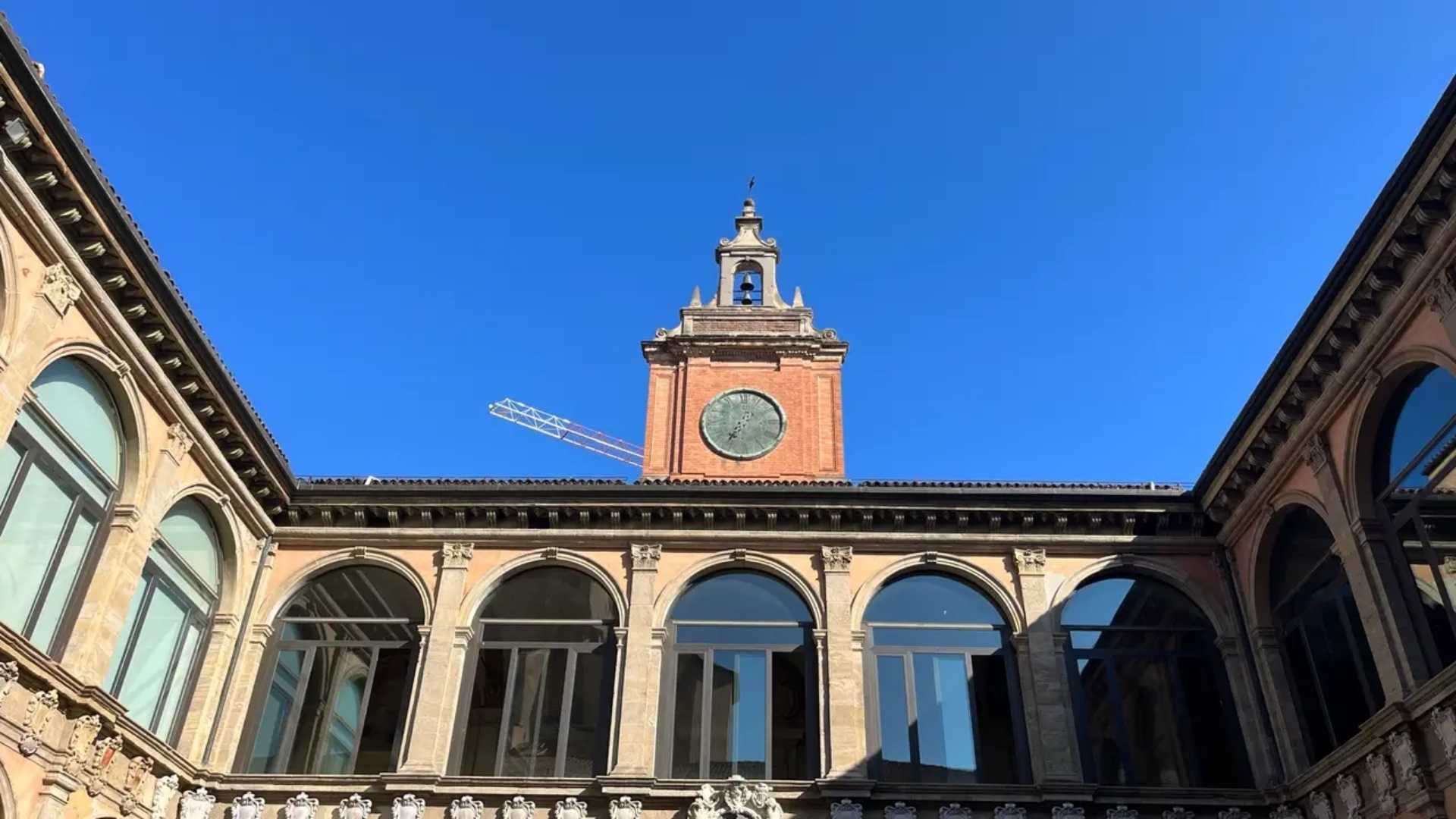

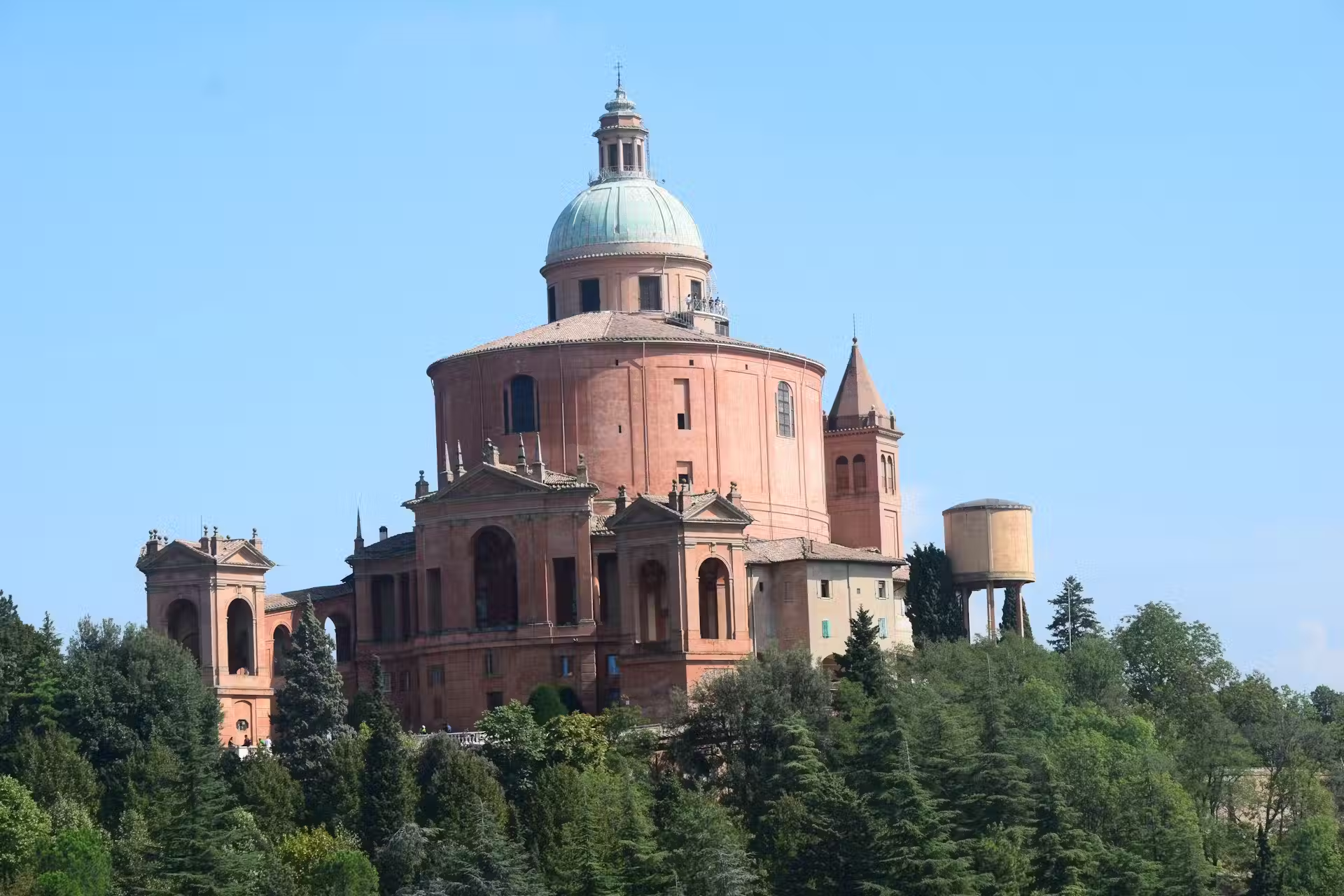

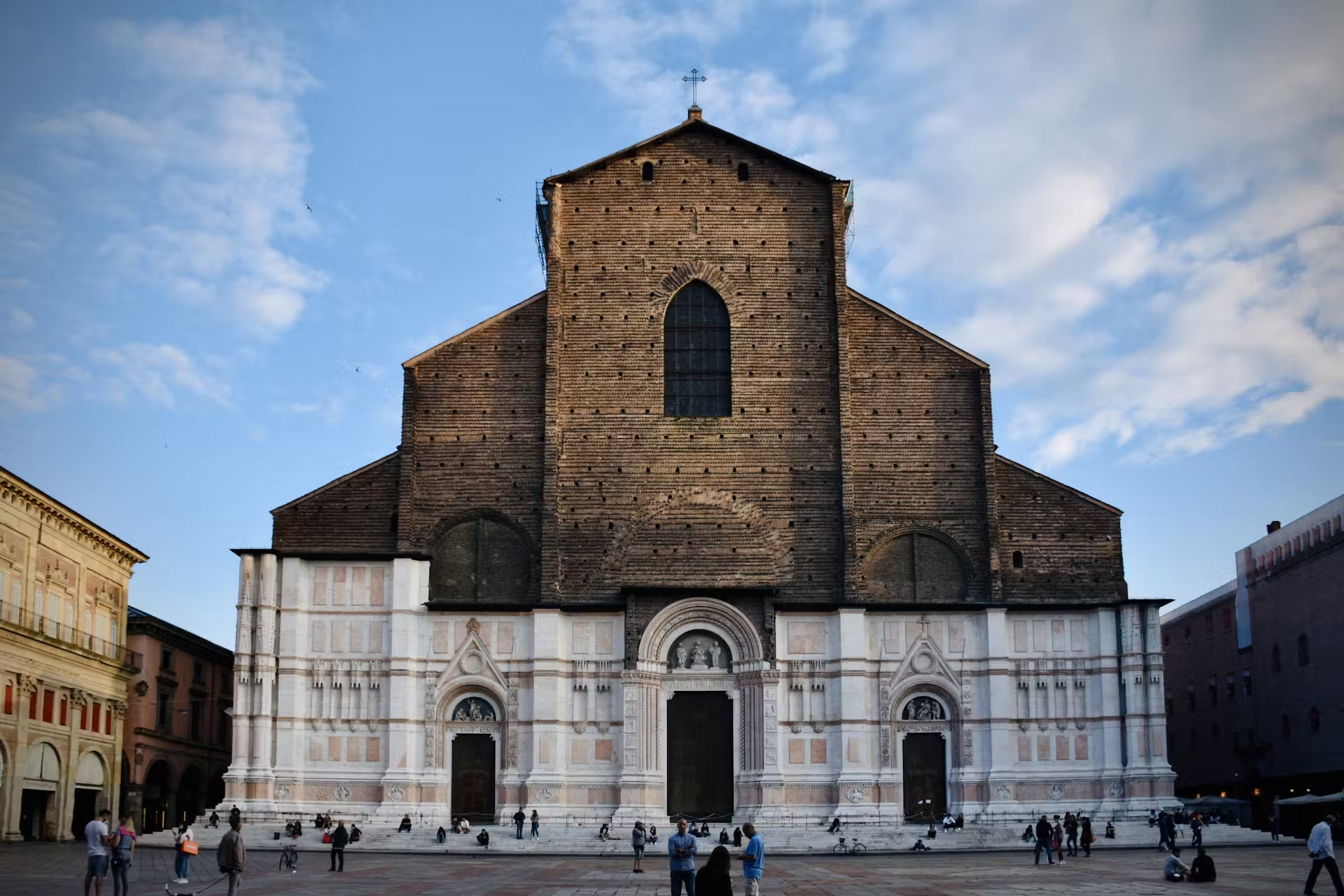

.avif)





